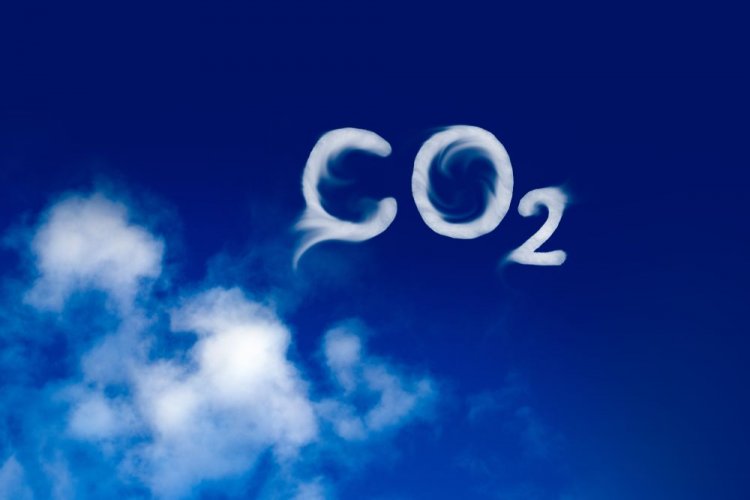European Carbon Border Adjustment Mechanism (CBAM) may pose short-term challenges to Indian exports, but will affect the country much less than others.
Although the share of exports to the EU reaches about 11%, the main products are clothes and shoes, ceramics, granite slabs, nuts, spices, reports Swarajya.
The material explained that CBAM covers the cement, metallurgy, aluminum, fertilizer and power industries. That is, the target countries for the mechanism are not India, but russia, China, Turkey, which are the main exporters of steel and aluminum to the EU.
"India is not an exporter of cement and fertilizers to the EU, and the share of steel and aluminum is much smaller compared to other countries," the authors explained.
They emphasized that in the short term Central Bank of Ukraine will only increase the set of trade problems, which have already been aggravated by tariff wars, renegotiated treaties, and the growth of protectionism.
"It is safe to say that the approach for India could be to resolve this issue bilaterally with the EU, while preparing to set up its own carbon trading system. Taxes on energy carriers, if converted into carbon equivalents, would be quite high for India in themselves," the article noted.
The authors also emphasized that India is making significant efforts to reduce greenhouse gas emissions. The country undertook to achieve climate neutrality by 2070.
Thus, India's Energy Efficiency Bureau published a draft stakeholder consultation plan in October 2021, which proposed three phases for the adoption of a carbon cap-and-trade system. And in July 2022, the Lok Sabha (the lower house of parliament) passed a law that initiates the creation of a voluntary carbon credit trading scheme.
The article noted that in a bilateral discussion with the EU, India can emphasize the following points:
- to ensure protective neutrality in the CBAM, the EU could make equivalent reductions in other (tariff and non-tariff) trade barriers for cleaner sectors, so that overall net neutrality is maintained;
- developing countries need assistance through technology transfer to minimize emissions, which can go a long way toward creating a level playing field in this space;
- a portion of CBAM's revenue can be used to help developing countries through this initiative, including any necessary capital investment, such as helping to produce greener cement in Vietnam or chemicals in Indonesia.
"In essence, CBAM should not act as a punitive tool for developing countries, but a transformative one," the authors added.
As EcoPolitic reported before, India plans to launch an emissions trading market carbon for the main sources of emissions in the energy, steel and cement industries.




